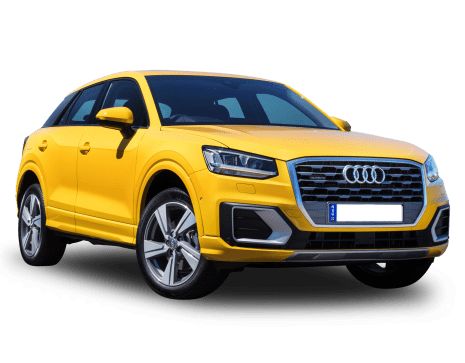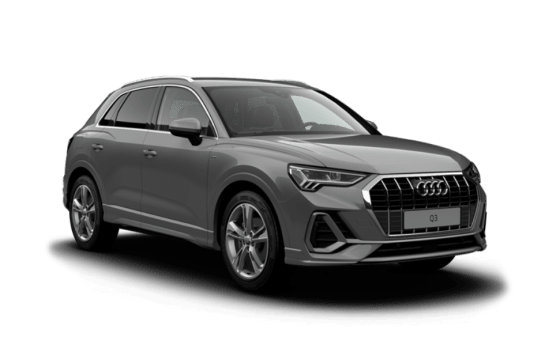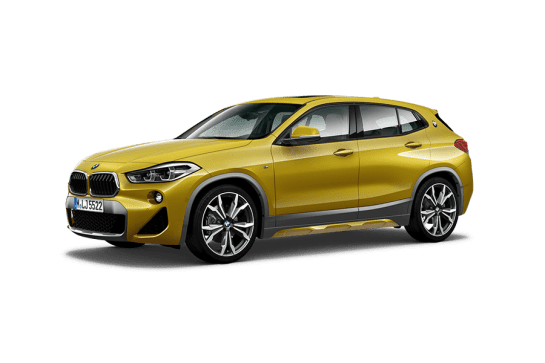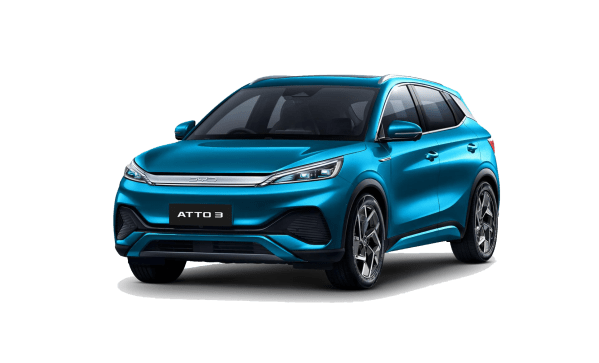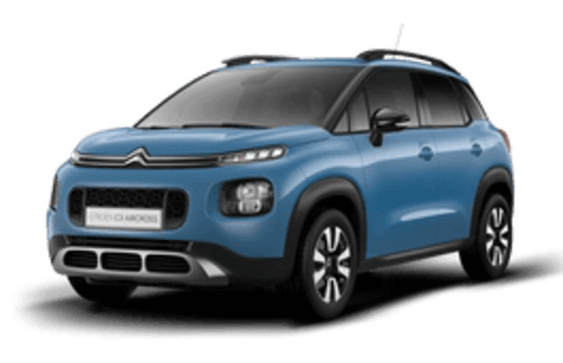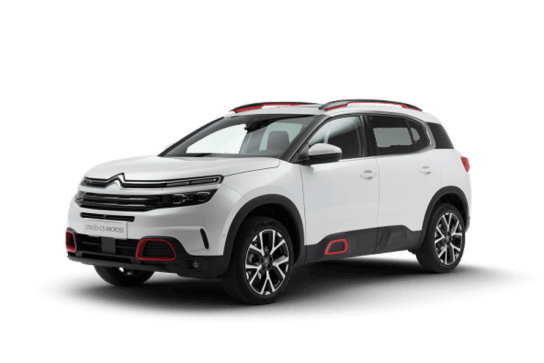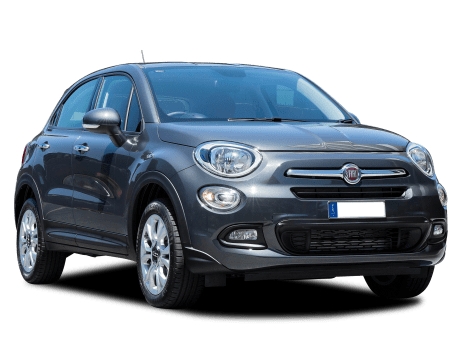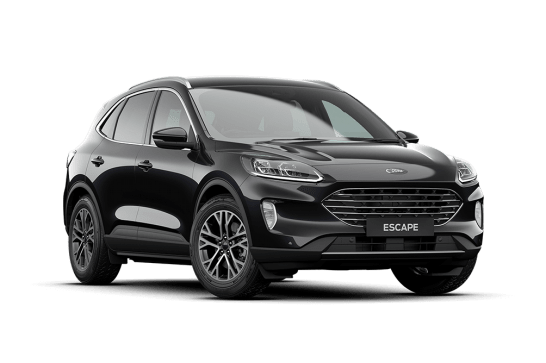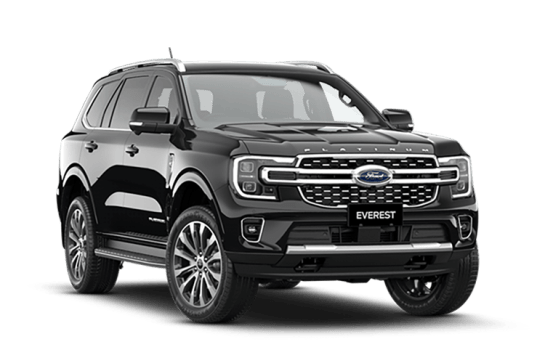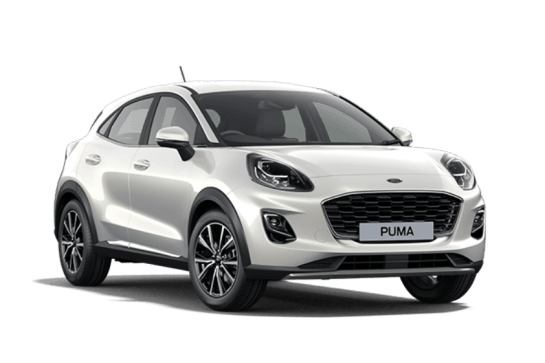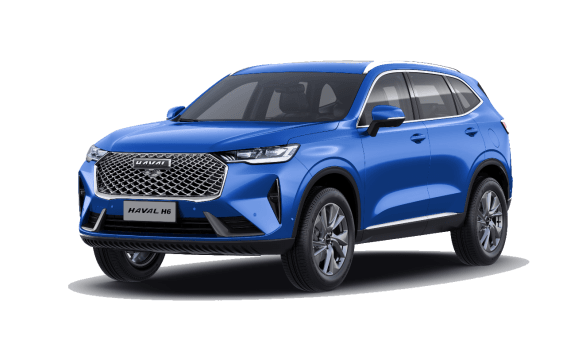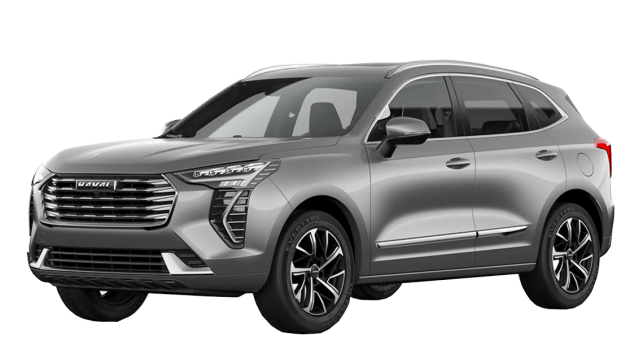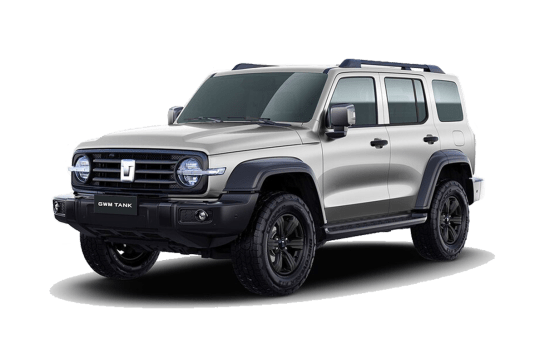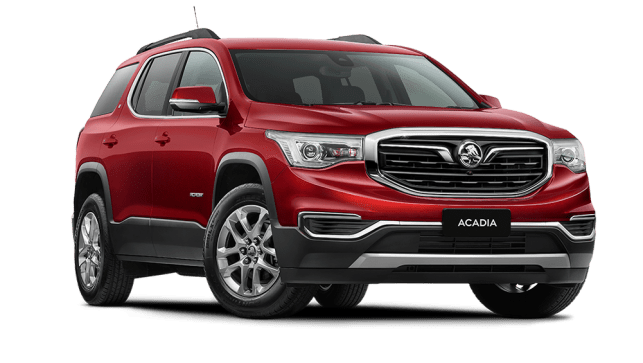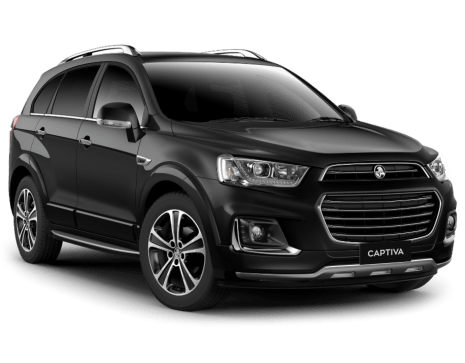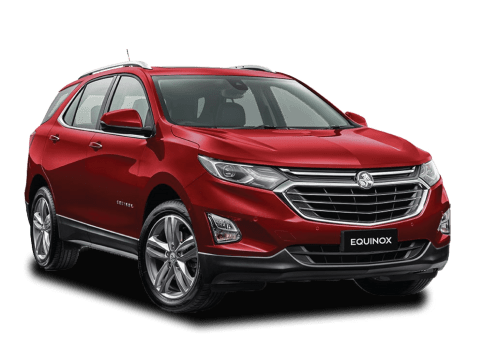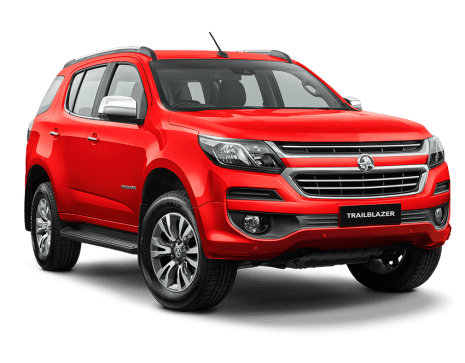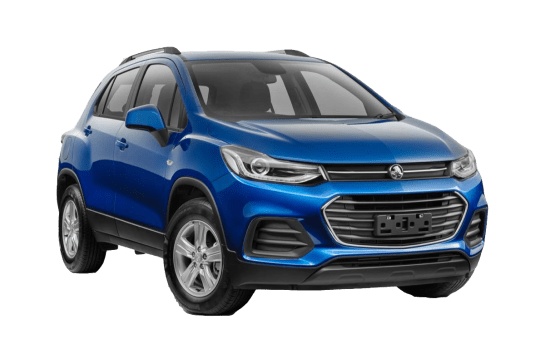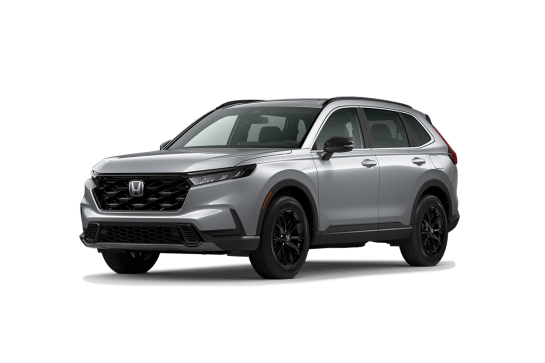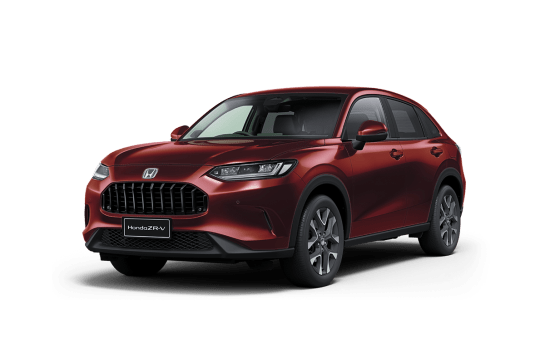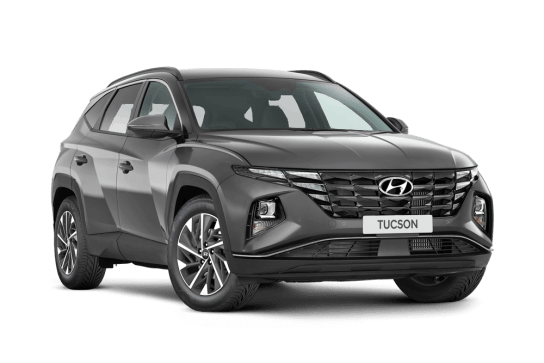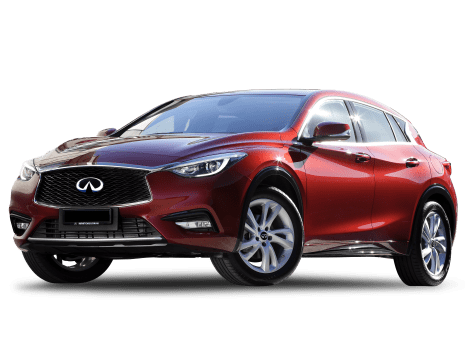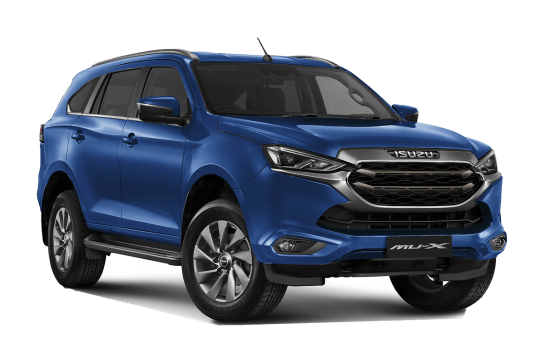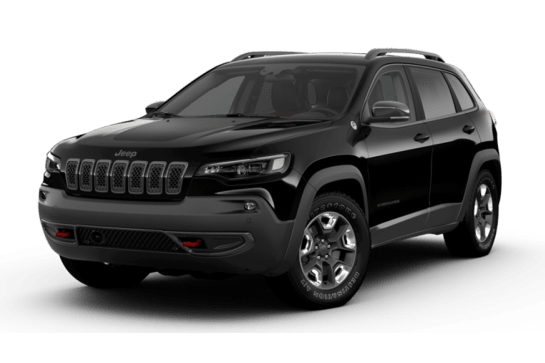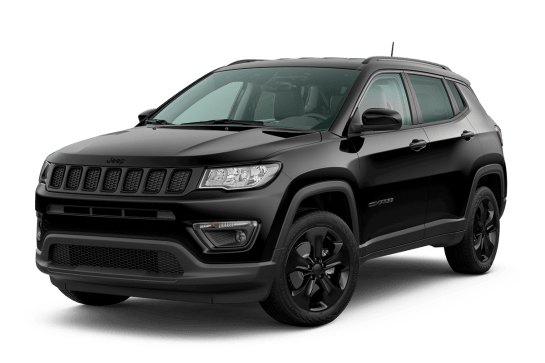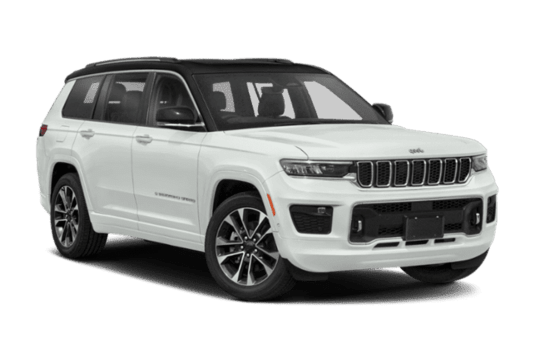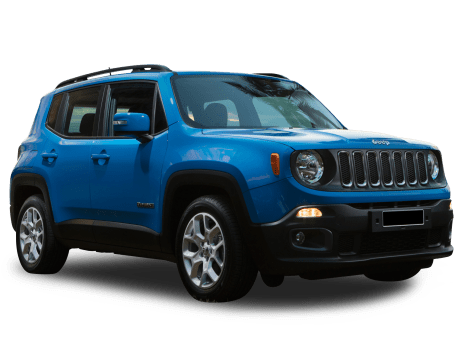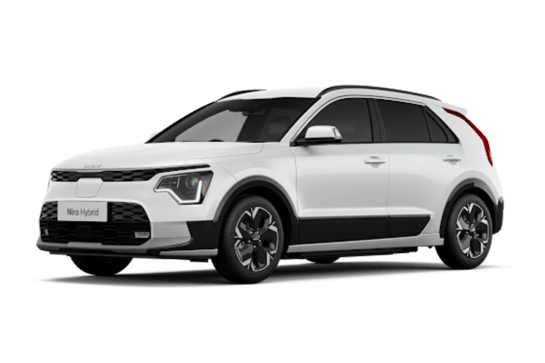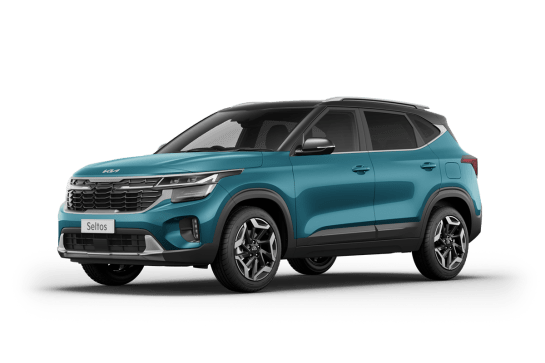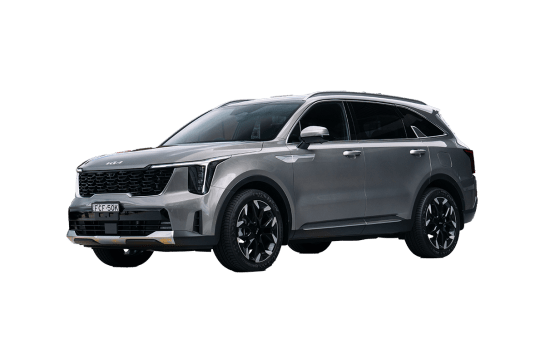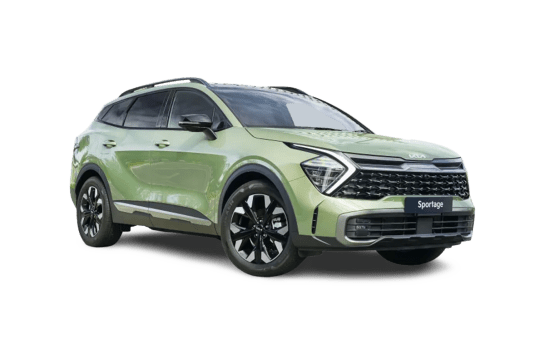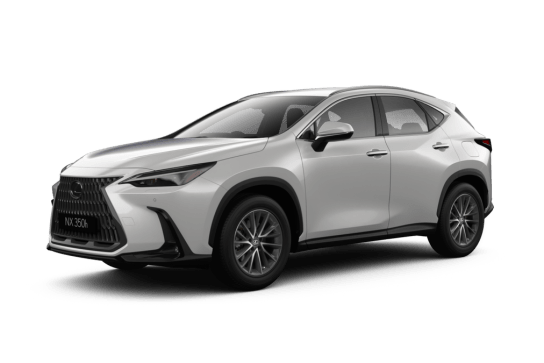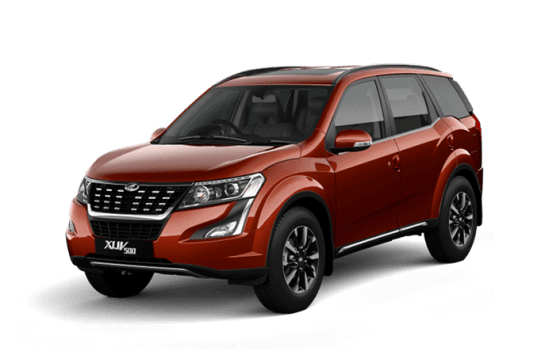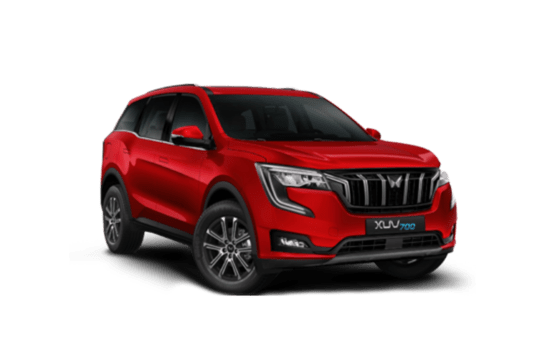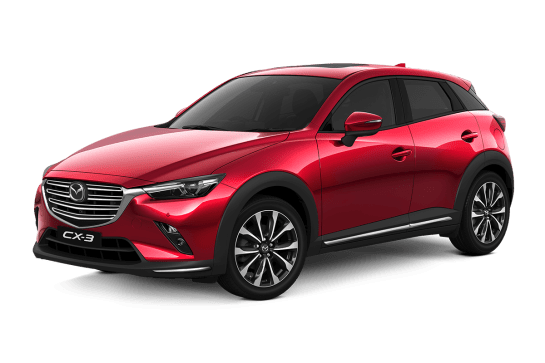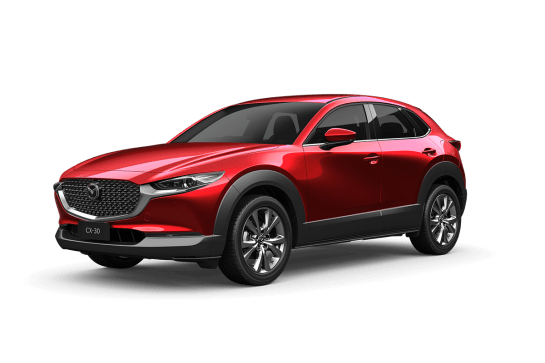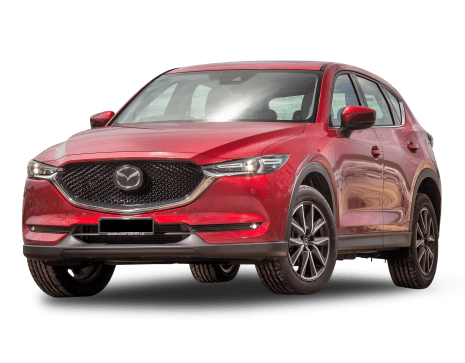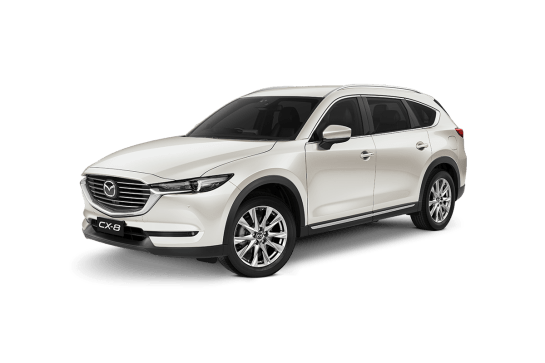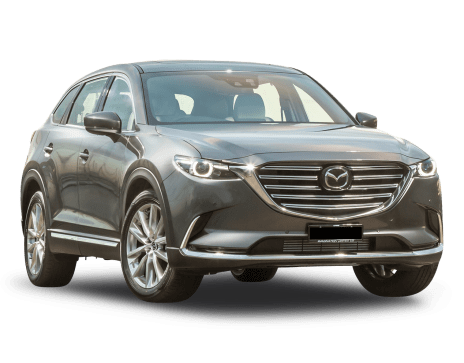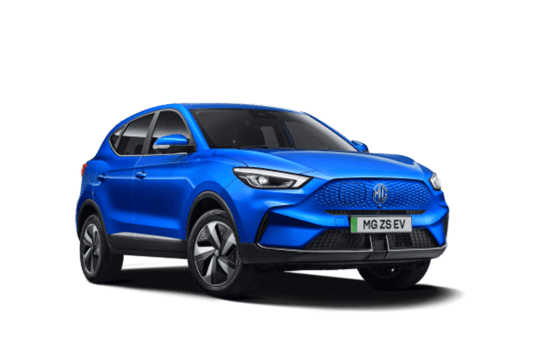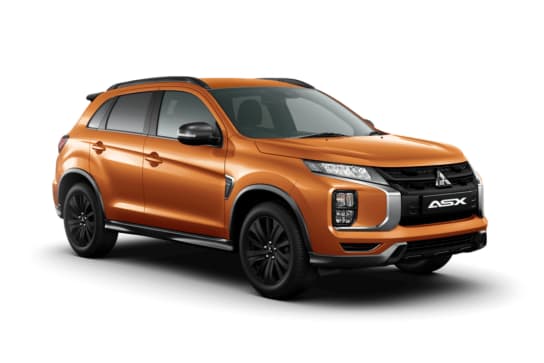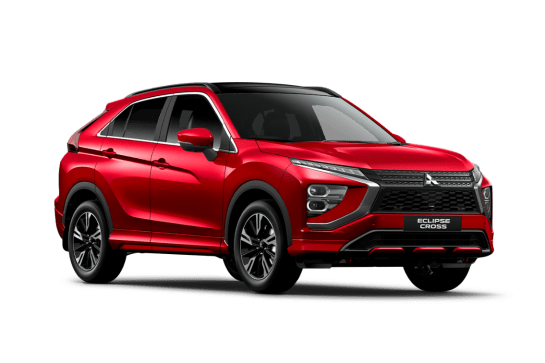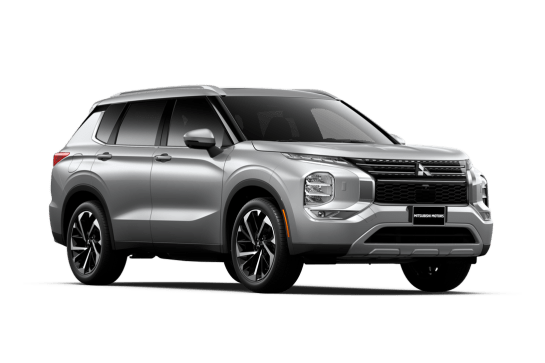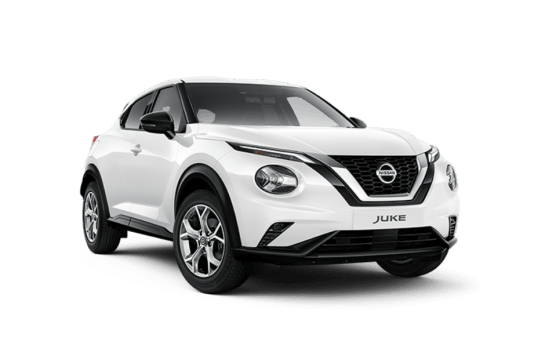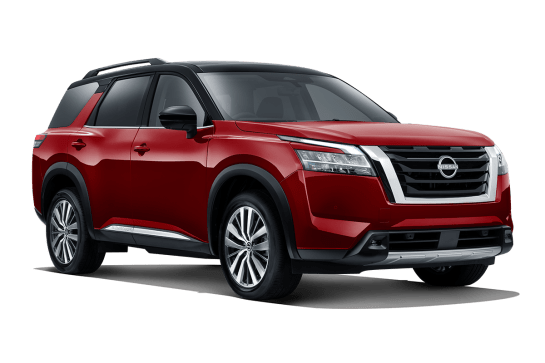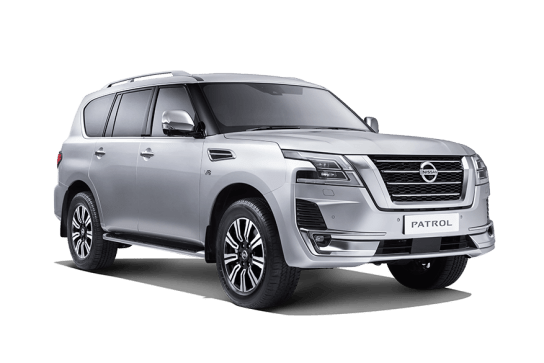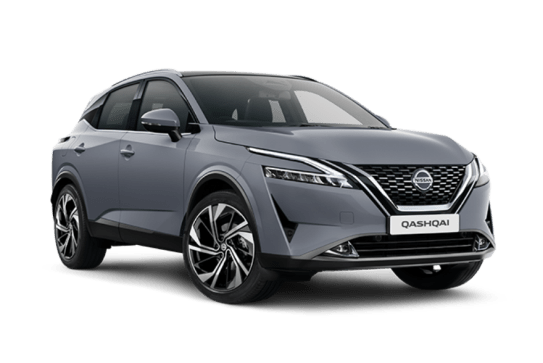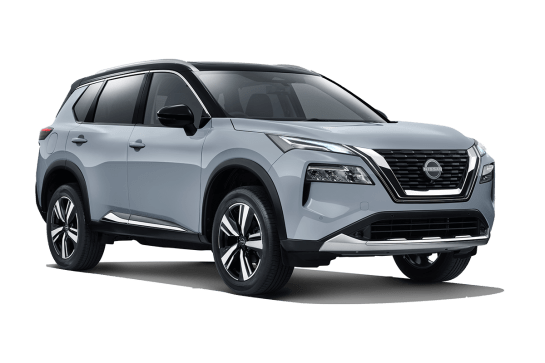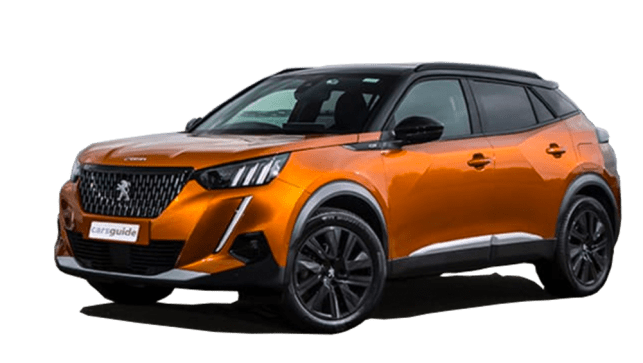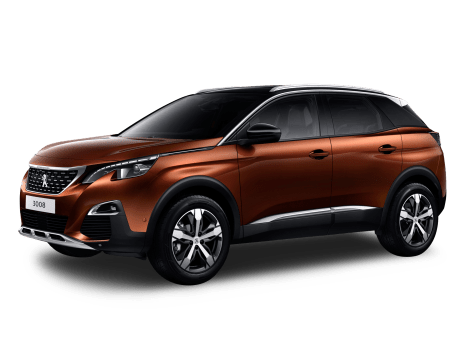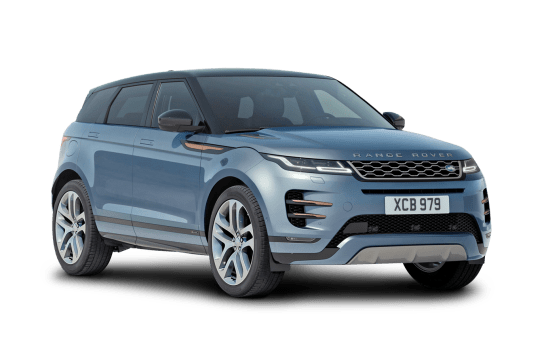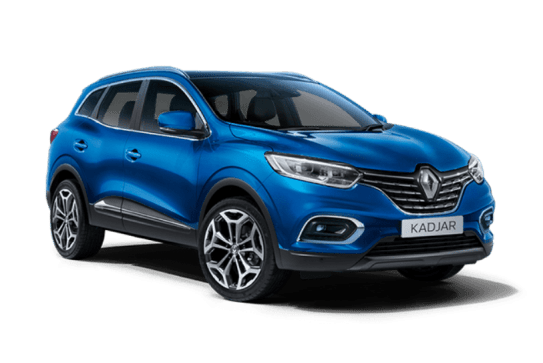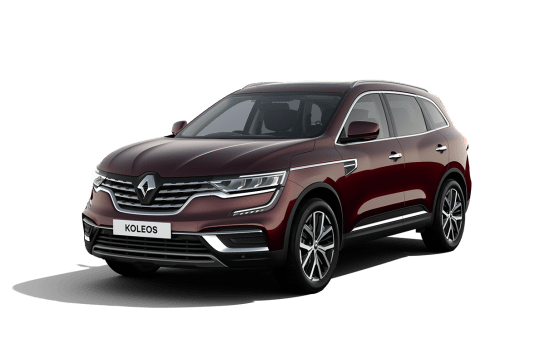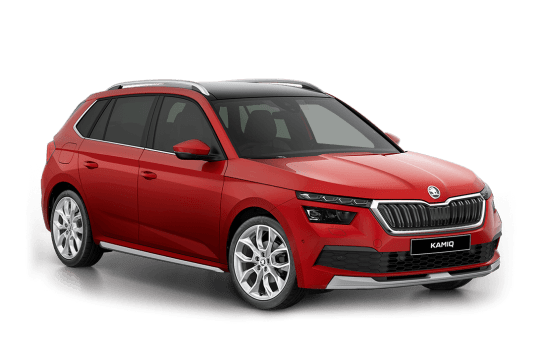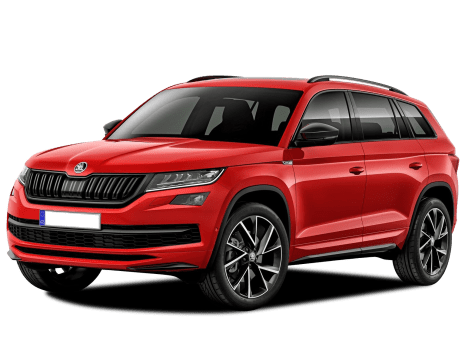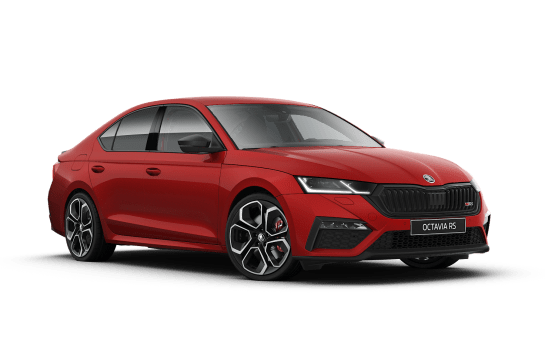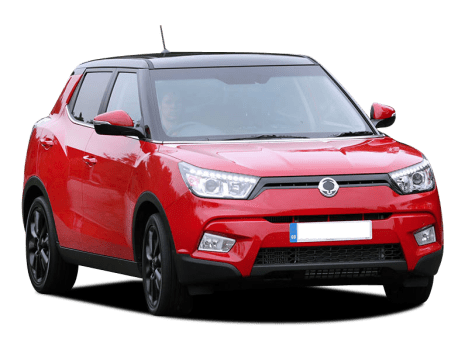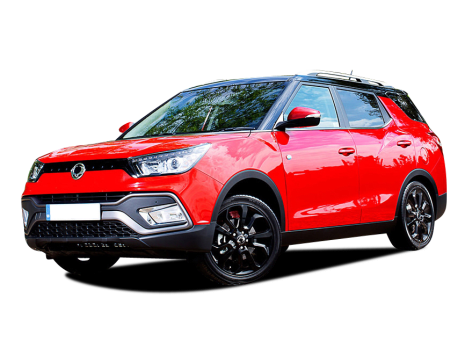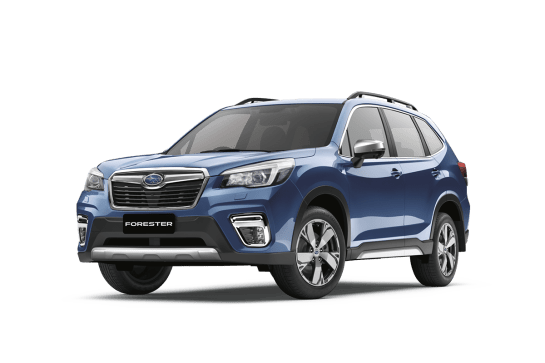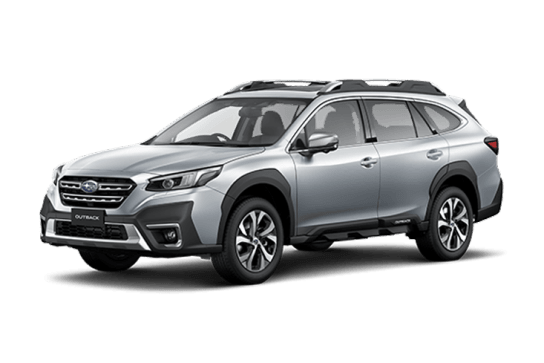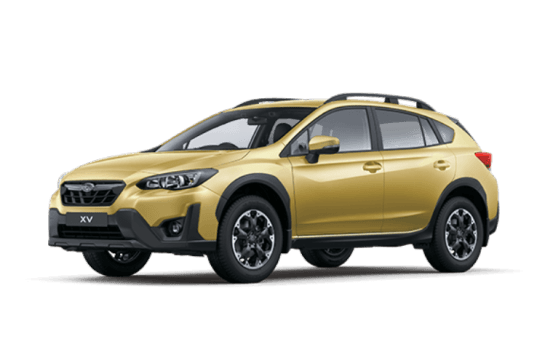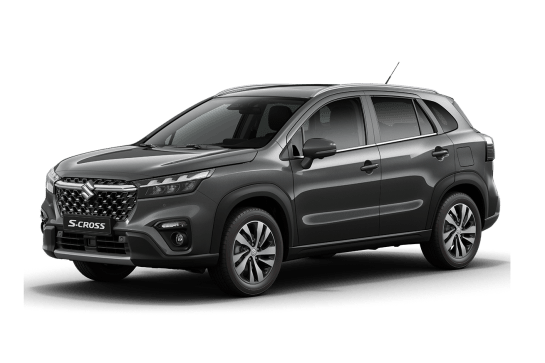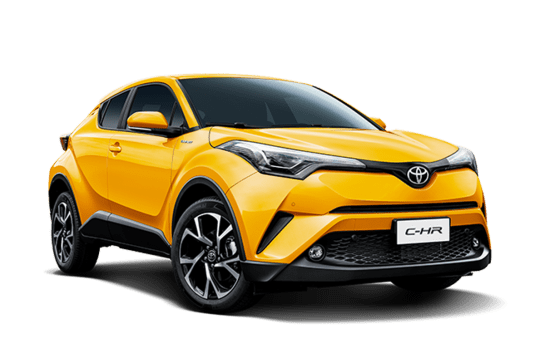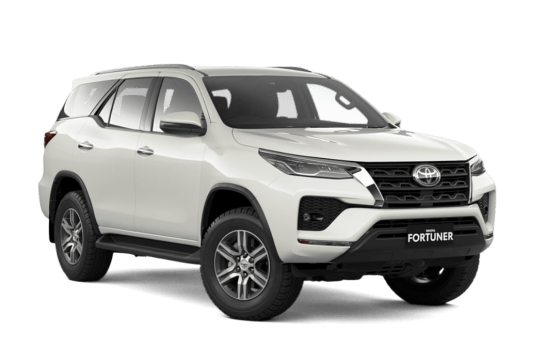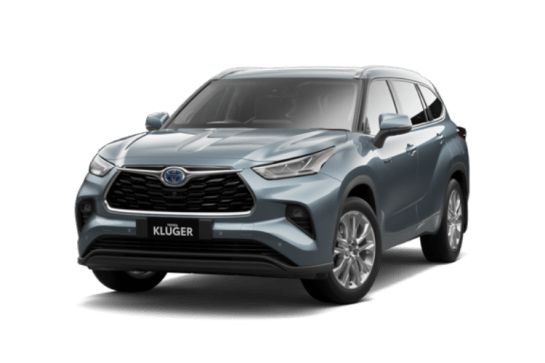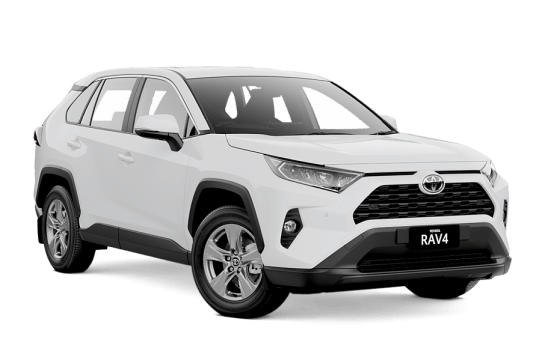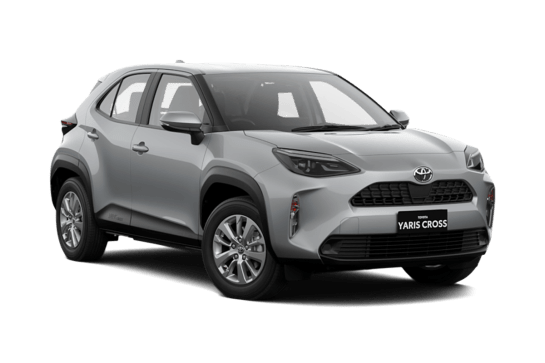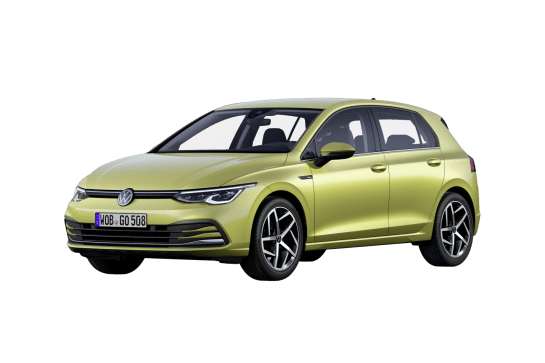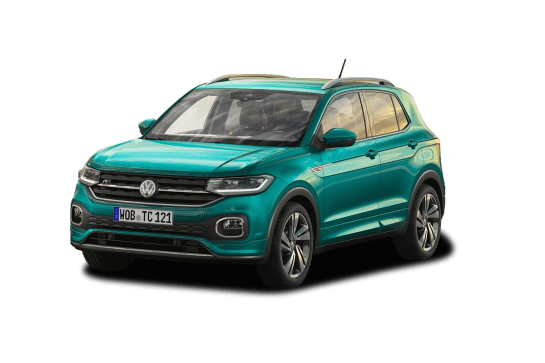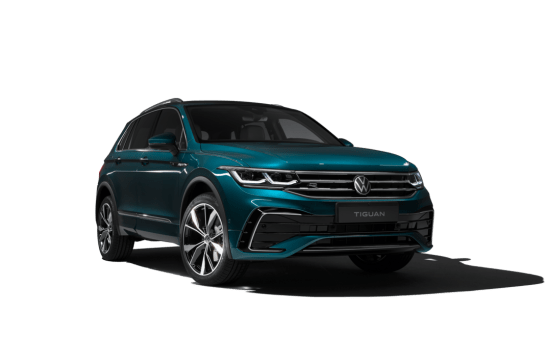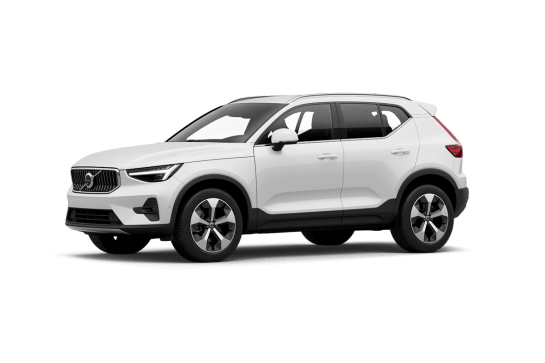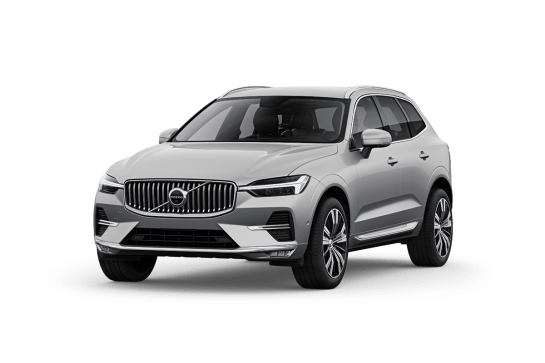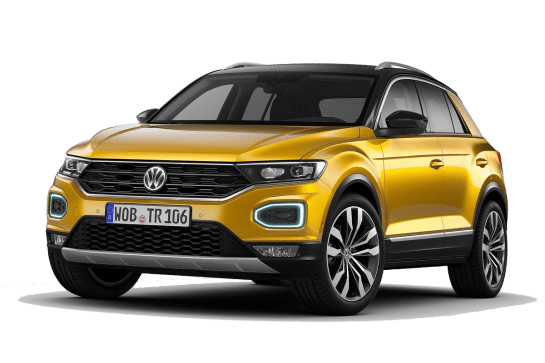
Volkswagen T-Roc VS Skoda Octavia
Volkswagen T-Roc
Likes
- Easy and fun to drive
- Sturdy, quality feel
- Value without options
Dislikes
- Options become pricey
- Minor ergonomic quirks
- Might feel outdated to some
Skoda Octavia
Likes
- Value (including ownership)
- Safety
- Dynamics
Dislikes
- No rear seat power options
- Non-linear power delivery
- Requires premium unleaded
Summary
Volkswagen T-Roc
For a small SUV that technically starts under the $40,000 mark, the 2024 Volkswagen T-Roc has a fair bit going for it.
It’s still in its first generation, but updates have made some parts of the T-Roc feel properly up to speed. And the parts that haven’t? Well, maybe that’s not such a bad thing.
We’re driving the mid-spec Style 110TSI, which sits above the base CityLife, but below the R-Line. Then of course, there’s the wicked R variant.
Read more about
- This is the Volkswagen Amarok SUV, a sibling to the Ford Everest 4WD that's yet to become a production model
- Hi-po electric Kombi! 2025 Volkswagen ID. Buzz GTX revealed ahead of Australian arrival where it will take on the Mercedes-Benz EQV and LDV Mifa9
- 2024 Volkswagen Golf 8.5 facelift revealed, confirmed for Australia: Tweaked styling, an updated hybrid system, and upgraded software highlight changes for the brand's key Toyota Corolla and Hyundai i30 rival
But is this a Euro that could replace your trusted Japanese small SUV?
| Safety rating | |
|---|---|
| Engine Type | 1.4L turbo |
| Fuel Type | — |
| Fuel Efficiency | 6.3L/100km |
| Seating | 5 seats |
Skoda Octavia
Skoda’s a bit like that brooding, low-key actor you know but sometimes struggle to recall. Like Jacqueline McKenzie or Ben Mendelsohn. Considered and respected but far from a preening red carpet showboat.
And the mid-size Octavia is the quintessential Skoda… for people seeking quality engineering and tech without feeling the need to make a boastful badge statement.
The fourth-gen Octavia has been in market here for three years and on the back of a recent safety upgrade this new SportLine model, offered in five-door Liftback and traditional Wagon form, adds extra design and specification spice for the same money as the existing entry-level Style.
Read more about
It lines up against traditional sedans and wagons like Toyota’s all-conquering Camry, established players like the Mazda6 and in-demand newcomers like the BYD Seal EV, not to mention the usual medium SUV suspects.
Stay with us on this first drive to see if this SportLine has what it takes to steer you towards the Skoda Octavia.
| Safety rating | |
|---|---|
| Engine Type | 1.4L turbo |
| Fuel Type | — |
| Fuel Efficiency | 5.8L/100km |
| Seating | 5 seats |
Verdict
Volkswagen T-Roc7.8/10
So that’s the T-Roc, a bit of Euro style that’s still priced to take the fight to some small SUVs from Japan or Korea.
Is it the cheapest style-forward small SUV you can get? No, but it’s far from the expensive end of things.
Plus, if you can resist ticking some option boxes, it beats some value-focused rivals and looks good doing it.
If the feeling of a sturdy fit-out and a confidence inspiring drive is important to you, I reckon the T-Roc should be an entry on your shopping list.
Skoda Octavia8.1/10
Is the Octavia SportLine your kind of automotive quiet achiever? It’s well-equipped and keenly priced with sleek yet understated looks, top-notch safety and a compelling ownership package.
It’s also fuel-efficient for its size and a refined, enjoyable drive. Before you go down that well-trodden mid-size SUV path I’d suggest adding this Skoda - Liftback or Wagon - to your new car short-list.
Note: CarsGuide attended this event as a guest of the manufacturer, with accommodation and meals provided.
Design
Volkswagen T-Roc
The T-Roc subtly stands out without being garish, avoiding becoming part of the highway or suburban camouflage without relying on extreme design decisions.
For example, the LED daytime running lights that wrap around the shapes below the LED 'I.Q' headlights where vents would otherwise be on the R performance variant are quite cute.
In fact, the whole front end of this small SUV has a friendly look, even if there’s nothing specific that’s particularly exciting about it.
This 'Petroleum Blue Metallic' colour is a $700 option, but anything other than white costs extra.
However, the black roof two-tone look is a standard for the Style, as are the black mirror caps and its 18-inch alloys.
There are roof rails up top, tinted privacy windows for rear passengers and for the rear window and a sloping roofline at the rear that adds a touch of ‘sport’ to the silhouette along with a small spoiler at the top.
Skoda Octavia
The Skoda Octavia is a crisp, contemporary design combining firm character lines and carefully sculpted larger surfaces with a hint of the brand’s VW Group ownership peeking through here and there.
And it’s efficient aerodynamically with a drag coefficient (Cd) of 0.259 for the Liftback and 0.287 for the Wagon.
The broad black grille is uniquely Skoda although the rear treatment is closer to generic premium Euro. Swap out the Skoda badging for four rings or a blue, black and white roundel and no one would bat an eyelid.
But the SportLine stands apart thanks to a gloss-black finish on the grille, mirror covers, rear spoiler on the Liftback and roof rails on the Wagon.
On top of that a rear diffuser and front spoiler have been added, the window surrounds are matt black and dual exhaust tips finish off the rear end.
The interior is dominated by a handsome multi-layer dash design with a 10-inch multimedia touchscreen in the centre and a 10.25-inch ‘Virtual Cockpit’ instrument display facing the driver.
The grippy ‘leather-appointed’, flat-bottom steering wheel has shift paddles lurking behind the rim, there are sporty alloy covers on the pedals and the roof lining is black.
The cloth ‘Sports Comfort’ seats look and feel great, the materials used are high quality and the Octavia shares its umbrella-in-the-door trick with Rolls-Royce, although it must be said, the latter provides two.
Practicality
Volkswagen T-Roc
Inside the T-Roc is a bit of an interesting dichotomy.
Some of what’s in here is ‘old-gen’ Volkswagen stuff, but it still holds up today against even some recently introduced models.
The dichotomy is that while it’s very usable and slick, some of its materials and surfaces let it down a touch.
The good points are that the cabin tech is a perfect level of physical and digital. The buttons and controls are easy to use and feel solid and even though the climate controls could be more physical, they’re still good as far as touch panel style controls go.
The older VW gear is arguably better than a lot of what’s found in newer models where some use of touchscreens and haptic panels has drawn negative feedback from customers.
The multimedia software managed via the 8.0-inch touchscreen is more simple and sensible than the new version, plus the Digital Cockpit Pro display for the driver is clear and, importantly, customisable. It’s a similar cockpit system that used to seem quite impressive in high-end Audis.
But what doesn’t feel very high-end is some of the plastic and the decisions around function in the rest of the space.
The leather on the seats is not a cheap option box to tick at $3450, but it feels a little cheap to the touch. It’s a tad hard and even has a bit of a rough look to it.
That option also makes them heated and electrically adjustable, though, which is welcome in winter. Otherwise, cloth seats without the optional leather or heating would be absolutely fine, and that means you get a storage space under them, too.
This central space between the driver and front passenger, too, is a little awkward with the cupholder placement. It’s behind the shifter meaning a tall bottle will be in the way and it’s got slightly odd sizing for bottles or cups with nothing to stop them wobbling.
I am, however, a fan of the angled-away phone slot under the climate controls to minimise phone screen visibility (and distraction) and the traditional shifter itself is welcome.
Look up, and (in our test car) there’s an optional ($2000) panoramic sunroof there. It’s yours if you want it, and it does have an electric blind, but some Japanese and Korean cars at this price point get that as standard.
An average-sized adult will find the second row is spacious enough and relatively comfortable. There’s an armrest, dual-directional vents and two USB-C ports.
Behind that, boot space is generous at 445L with the seats up thanks to an adjustable floor, which is very useful for tall items and even manages to fit a space saver spare tyre under it.
It’s a total of 1290L with the split-fold seats down, too, though they’re not super flat with the adjustable floor down.
Skoda Octavia
At a fraction under 4.7m long, just over 1.8m wide and close to 1.5m tall, with a close to 2.7m wheelbase the Octavia SportLine Liftback and Wagon are at the upper end of the mid-size category.
At 183cm I’ve got plenty of breathing room in the front, the low-level dash helping to deliver a spacious feel.
For storage, there’s a generous area under an extendable, height-adjustable armrest between the seats, twin cupholders in the centre console, bins in the doors with enough room for large bottles and a decent cooled glove box. There’s also Skoda’s signature lined rubbish bin in the driver’s door.
In the back, sitting behind the driver’s seat, set to my position, I’ve got plenty of room for my feet, legs and head as well as enough shoulder room for three full-size adults on cozy, medium length journeys.
Adjustable ventilation is welcome and storage options include map pockets on the front seat backs, big door bins, oddments storage under the air outlets and a pair of cupholders in the fold-down centre armrest.
Connectivity and power runs to two USB-C outlets, a 12-volt socket and a wireless charging pad up front with a second 12V in the boot. No USBs or 12-volt for back-seaters, which is a miss.
Speaking of the boot, with all seats up the Liftback offers a competitive 600 litres of storage space, expanding to 1555L with the 40/20/40 split rear seat folded. Those numbers grow to 640 and 1700L in the wagon. Plus, there’s a rear seat ‘ski-port’ style door in both.
A space-saver spare sits under the floor, the tailgate is power-operated and for those keen on towing the Octavia is rated up to a 1.5-tonne braked trailer with trailer stability control standard.
Price and features
Volkswagen T-Roc
The specific Style test vehicle being reviewed here is priced at $38,890, before on-road costs. But it's worth noting a new example of the Style will cost you $39,790 at the time of writing, as its price has since ours was 'delivered'.
While the Style features some older VW fitout, it comes with a decent list of features.
A set of 18-inch wheels, self-levelling headlights (with cornering function), some cute LED DRLs plus chrome highlights with black contrast trim are the best way to spot a Style from the outside.
Inside, there’s an 8.0-inch touchscreen for multimedia paired to the driver’s 'Digital Cockpit Pro' display.
The multimedia screen is last-gen VW gear, but that’s not a bad thing.
There’s also dual-zone climate control with an allergen filter, ambient lighting, a six-speaker sound system, wireless phone charger and wireless Android Auto and Apple CarPlay.
There are a few options on our test car that nudge the price up quite quickly, like the metallic paint, leather upholstery, sunroof, plus the keyless entry or ‘Easy open and close package’.
All this brings the total price as-tested to $45,640, before on-roads.
The good news is you don’t need to tick all, or any, of those options for this to still be a compelling option.
Skoda Octavia
With the aim of giving the Octavia a value-focused mid-life boost, the SportLine adds some racy extras outside, inside and underneath and we’ll cover them in detail in the Design and Driving sections.
For now, it’s important to note it all comes at the same price as the already well-equipped, entry-level Style. That is, $40,590, before on-road costs, for the Liftback and close to $41,890 for the Wagon.
And to support this new variant’s arrival, national drive-away pricing has been set for both at an extra $1900 and $2100, respectively ($42,490 and $43,990).
Aside from that, the Sportline boasts a handy standard features list, the highlights being dual-zone climate control, adaptive cruise control, 18-inch alloy rims, auto LED matrix headlights, a power tailgate, a 10-inch media touchscreen (with voice recognition) and 10.25-inch digital instrument display, wireless Android Auto and Apple CarPlay, keyless entry and start, auto rain-sensing wipers, a reversing camera, built-in nav and eight-speaker audio.
An optional ‘Premium Pack’ ($3200) adds power adjustable front seats (with lumbar and memory function), heated front and rear (outboard) seats, ‘Adaptive Lane Guidance’, ‘Emergency Assist’, digital radio, tri-zone climate control and additional USB-C outlets. A panoramic sunroof is available on the Wagon for $1900.
‘Candy White’ is the single no-cost paint colour, with ‘Black Magic Pearlescent’, ‘Graphite Grey Metallic’, ‘Moon White Metallic’ or ‘Race Blue Metallic’ adding $770 to the price-tag while ‘Velvet Red Metallic’ steps up to $1100.
Overall, pretty good value for the category, even before you start factoring in the SportLine extras.
Under the bonnet
Volkswagen T-Roc
The engine in the T-Roc - as with most Volkswagens - does what it says on the tin. Essentially, a 110TSI means there’s 110kW of turbocharged VW happening, in this case a 1.4-litre four-cylinder that also makes 250Nm of torque.
It’s paired to an eight-speed torque converter, which will be music to the ears of those who have been scorned by older VW dual-clutches.
It drives the front wheels only, and there’s no hybridisation or 48-volt system.
Skoda Octavia
A 1.4-litre all-alloy, direct-injected, turbo-petrol four-cylinder engine sits under the Skoda Octavia’s bonnet, sending 110kW/250Nm to the front wheels via an eight-speed automatic transmission with ‘Tiptronic’ sequential manual shifting accessible via wheel-mounted paddles.
Efficiency
Volkswagen T-Roc
A lack of electrification in a relatively small engine and a traditional drivetrain shouldn't scare you too much, in this case.
Combined cycle fuel consumption is a claimed 6.3L/100km. On test in mostly urban areas or for spirited driving we saw the fuel use rise a little higher than that but not by as much as you might think.
After a mix of primarily urban, some highway and a stint of dynamic test driving, the trip computer admitted to a figure of 8.1L/100km.
Skoda Octavia
Skoda’s official combined cycle fuel economy number for the Octavia SportLine is 5.7L/100km for the Liftback and 5.9L per hundred for the Wagon, the 1.4-litre turbo four emitting 180g/km of CO2 in the process.
On the launch drive program covering urban, B-road and freeway running along the coast south of Sydney, NSW we recorded an average of 6.4L/100km in the Liftback. Not too shabby for a non-hybrid in this class.
Worth noting the minimum fuel requirement is the pricier 95 RON premium unleaded, though.
You’ll need 45 litres of it to fill the tank which translates to a theoretical range of around 790km… roughly 700km using our real-world number.
Driving
Volkswagen T-Roc
The T-Roc is essentially a previous-generation Golf-turned-small SUV in terms of its platform, and that’s a great thing for anyone who likes driving.
The Golf 7.5 was a benchmark for everyday driving as far as hatchbacks are concerned, and even though the current Mk8 might be a bit more up to date, the T-Roc’s use of the platform it rides on is practical and fun.
It’s not as nimble as a Golf, but the T-Roc in front-drive Style guise, with a responsive turbocharged engine and no all-wheel drive system weighing it down, is not only more dynamically capable than most rivals, it’s also easy to access that capability.
The 1.4-litre engine feels well-tuned for its two modes accessible through the shifter - calm but not lazy in ‘Drive’ and eager but not thrashy in ‘Sport’.
It works well with the transmission on the move, picking right gears fairly accurately, though there are paddles behind the wheel for those who prefer to take charge.
The drive modes are also more customisable than just those on the shifter, with 'Individual' selections for steering and drivetrain able to be used rather than the standard 'Eco', 'Normal' or 'Sport' full-system modes.
While the steering wheel itself is a little thick and the feedback, while adequate, isn’t the most telling, it’s accurate and inspires confidence in cornering.
The T-Roc handles turn-in and exits well, even soaking up bumps and not becoming unsettled when braking.
Its safety systems are relatively subtle, and the active cruise control is well sorted, though the automatic braking at car park speeds can be overzealous. Something I’ve experienced in VW Group models several times over the years.
The main culprit for the T-Roc was a shrub beside my driveway that, while not touching the car, would set off the automatic braking system. Still, better than letting the car roll back if there was a proper obstacle or someone who could be hurt in the way.
Aside from that, the Volkswagen T-Roc is fun and easy to drive, and the work that’s gone into that puts its price into perspective a little more.
There are more expensive cars available that are less impressive, some even disappointing.
Skoda Octavia
Skoda says the Octavia SportLine will accelerate from 0-100km/h in 9.0 seconds, which isn’t ferociously fast but far from sluggish at the same time, especially for a roughly 1.3-tonne vehicle. And the fact peak torque (250Nm) is available from 1500-4000rpm makes it easy to drive with plenty of oomph through the mid-range.
Worth noting, while the urge is there, the turbo four’s power delivery isn’t always linear, more often from step off, with the engine at times taking half a beat to respond to a squeeze of the accelerator pedal before the power arrives.
Nothing dramatic, however, and the ‘Shift-by-Wire’ eight-speed auto transmission is smooth, with ‘Eco’, ‘Normal’ and ‘Sport’ modes available, the latter holding onto ratios longer on the way up the gears and shifting down more readily when an extra burst of acceleration is required. And if you want to take full control, ‘manual’ shifts via wheel-mounted paddles are satisfyingly quick.
Suspension is strut front with a ‘compound link crank-axle’ at the rear, the latter being Skoda-speak for a torsion beam.
The SportLine’s suspension is 15mm lower than the Style’s with springs and shock absorbers re-tuned for sharper dynamic response. Yet, despite that and the standard 18-inch rims shod with low-profile tyres there’s no penalty in terms of ride compliance.
Even over coarse B-road surfaces the Octavia remains comfortable and composed. The steering is nicely weighted and road feel is good, with a nice connection between the front tyres and hands on the wheel.
Pressing on through the curves the car is stable and balanced with the (225/45) Bridgestone Turanza rubber gripping hard. And if you really have the bit between your teeth an electronically-controlled diff lock helps put the power down effectively.
Braking by ventilated discs at the front with solid rotors at the rear and under the pressure of some steep, twisting and fairly rapid descents stopping power is solid. The pedal is progressive on application and when easing off.
Under the heading of miscellaneous observations, engine noise is agreeably low, especially for a small capacity turbo-petrol engine, the sports front seats are supportive and comfortable over lengthy stints behind the wheel and a lateral slider located below the central multimedia screen to control audio volume is a neat ergonomic solution.
In the midst of the current arm wrestle between the design cleanliness of an on-screen volume control and the simple effectiveness of a physical dial the Octavia’s slider, while still a haptic-style operation, represents a safe and practical middle ground between the two.
Safety
Volkswagen T-Roc
In 2017, ANCAP gave the T-Roc five stars for safety. For most people, that says enough, plus the list of features the SUV comes with is fairly comprehensive even in the Style.
While its rating is getting on in years, the only real downside to the T-Roc’s age when it comes to safety is it only having six airbags - front and side for the front passengers, plus curtain airbags for front and rear passengers.
But the list of tech isn’t lacking, with driver fatigue detection, pedestrian monitoring, parking bay and parallel parking assistance, pedestrian monitoring, side assist, rear cross-traffic alert and lane assist.
Skoda Octavia
Safety is one of Skoda’s strongest suits so no surprise the Octavia scored a maximum five ANCAP stars from assessment in 2019.
It includes active crash-avoidance tech highlights like AEB (with pedestrian and cyclist detection), a surround-view and reversing camera, ‘Park Assist’, lane departure warning, lane keeping assist, rear cross-traffic alert, rear parking sensors, tyre pressure monitoring and fatigue detection.
If an impact is unavoidable, there are eight airbags on-board, including a front centre and driver’s knee bag which holds up well in 2024 and shows how far ahead of the passive safety game the Octavia was when it launched here in 2021.
There are three top tethers for child seats across the second row, with ISOFIX anchors on the outer positions.
Ownership
Volkswagen T-Roc
Volkswagen’s five-year/unlimited kilometre warranty is pretty standard for a premium-leaning brand, with VW also offering roadside assistance for the warranty period.
In terms of servicing, VW offers care plans of three years or five years, covering servicing for $1515 or $2770 respectively. That's an average of $505 or $554 per workshop visit.
Otherwise, servicing costs at 12-month/15,000km intervals can cost from $470 for some to $1104 to the biggest service if you don’t go with the locked-in package.
Skoda Octavia
The Octavia is covered by Skoda’s seven-year, unlimited-kilometre warranty, which is two years up on the majority of the mainstream market.
Roadside Assist is complimentary for the first year, renewed annually if you have your Octavia serviced at an authorised Skoda dealer.
The main service interval is 12 months/15,000km, which is in line with most of the competition and Skoda offers five- and seven-year service packs, the latter equating to $393 per workshop visit, which isn’t out of line for the segment.
And through Skoda Choice you can opt for a Guaranteed Future Value offer ranging up to five years and currently at a 6.99 per cent rate.


